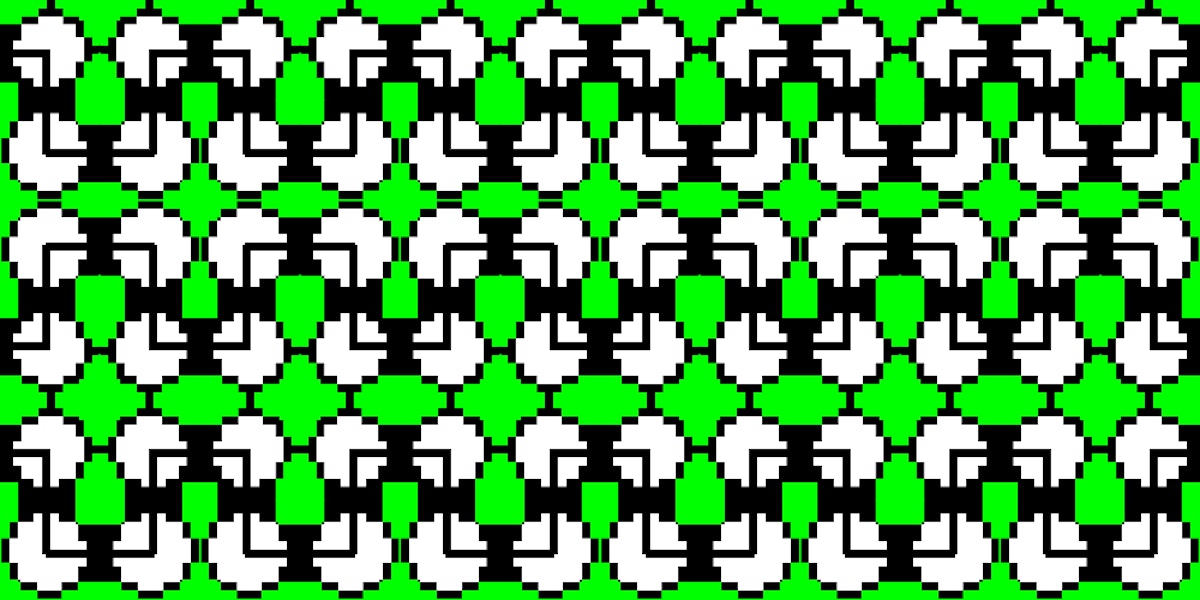243,847 reads
The MVP is dead. Long live the RAT.

EN
Too Long; Didn't Read
There is a flaw at the heart of the term Minimum Viable Product: it’s not a product. It’s a way of testing whether you’ve found a problem worth solving. A way to reduce risk and quickly test your biggest assumption. Instead of building an <a href="https://hackernoon.com/tagged/mvp" target="_blank">MVP</a> identify your <em>Riskiest Assumption</em> and <em>Test</em> it. Replacing your MVP with a RAT will save you a lot of pain.L O A D I N G
. . . comments & more!
. . . comments & more!

